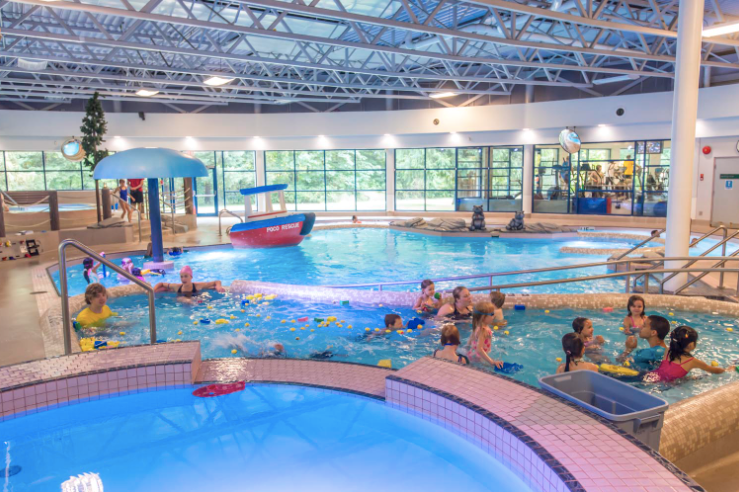A program meant to help Port Coquitlam’s poorest residents get access to recreation programs has only reached a few hundred people despite estimates that as many as 5,000 people could be in poverty and qualify for help.
According to a survey of both potential users and agencies that provide social services, the biggest roadblocks between low-income families and access to recreational services include complicated rules, a lack of affordability and an awareness that they even exist.
The barriers to the city’s financial assistance program have taken on a growing urgency for local governments as physical activity is touted as a way to combat stress and anxiety from COVID-19 restrictions.
Last week, the city moved to make the low-income access program more flexible and assured it would promote it more in the hopes of getting more people to use it.
“I think it will make a big difference in people’s lives,” Coun. Steve Darling acknowledged as changes were approved.
With $35,000 in annual funding, the program has never been fully utilized. In fact, residents enrolled in the program have declined in recent years, with $20,000, or 56%, of the fund spent in 2020 to help just 283 people get a break on fees.
In 2020, even fewer people used the program and less than $5,000 (14%) was used, according to city staff.
By changing the rules of the program and slightly increasing the subsidy, the city hopes more people will now take advantage of financial assistance.
BIG FAMILY SAVINGS
The changes could mean big savings for a low-income family.
For example, under the new rules, a person who qualifies and wants to sign up their child for a $200 summer recreation camp, would pay just $50 with the $200 annual and 75% subsidy.
With the old rules of $50 per quarter and 50% subsidy, a resident who qualified would have paid $150 per child.
Some councillors thought the subsidy was still too small for some struggling families, especially if they have more than one child, but were told a more thorough review is underway.
“I appreciate there could be further evolution here,” Mayor Brad West said, “if we look at this step, we could look at additional assistance and additional flexibility.”
Meanwhile, the screening process for applicants is now easier, too.
Applicants can get their request verified by schools and social service agencies instead of having to prove to a city staff person on their own that they qualify, a change that will create a more “dignified” application screening process, according to the city.
“Accepting their requirement through other parties is awesome,” agreed Corn. Glen Pollock when the changes were made at a virtual meeting Tuesday, Jan. 26. “That means people don’t have to go through a situation that could be embarrassing to them.”
5,000 IN POVERTY
The measure for poverty is typically the low income cut-off or LICO, an income threshold below which a family will likely devote a larger share of its income on the necessities of food, shelter and clothing than the average family.
In Port Coquitlam, according to the 2016 census, there were 5,000 who fit this description.
The low-income cut off for people in an urban area is $25,920 for a single person and $49,106 for a family of four.
In addition to subsidies for individuals, the city has other programs to reduce barriers to participation in recreation programs, including subsidies for personal assistants who support someone with special needs, the Leisure Buddy program and Canadian Tire Jumpstart.



